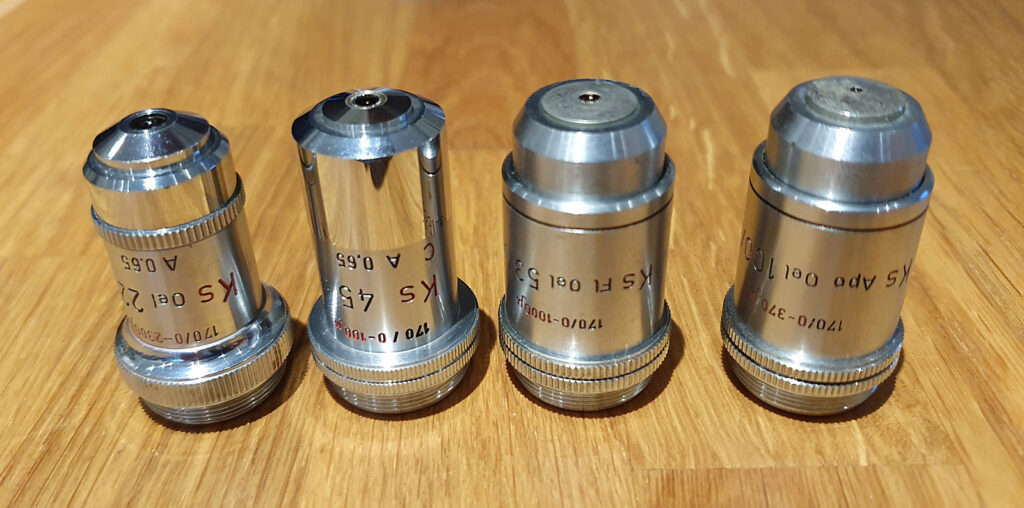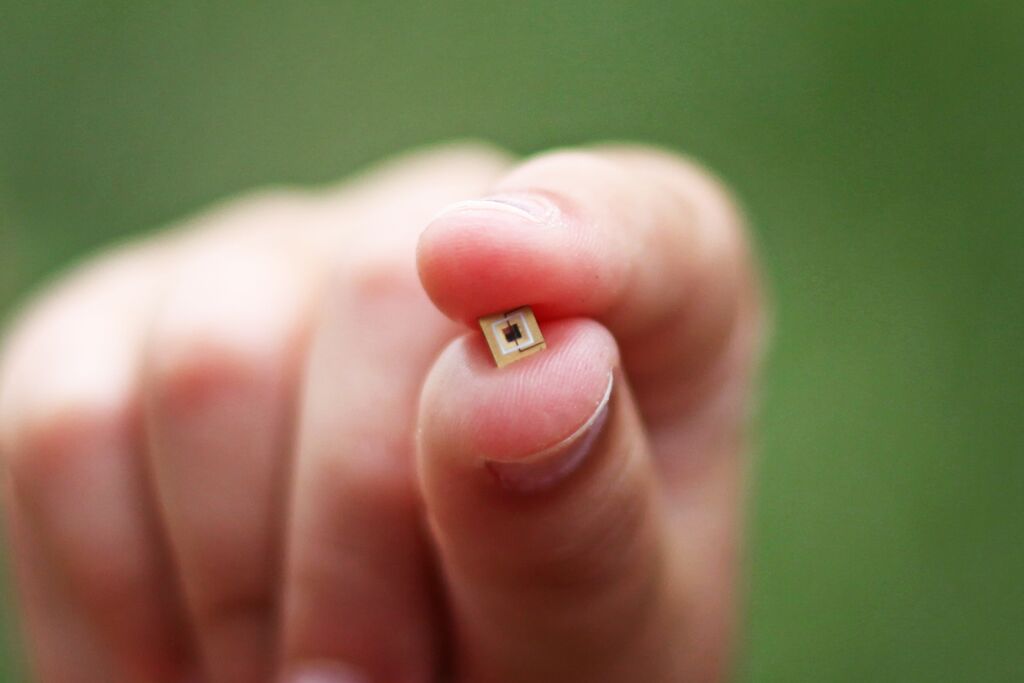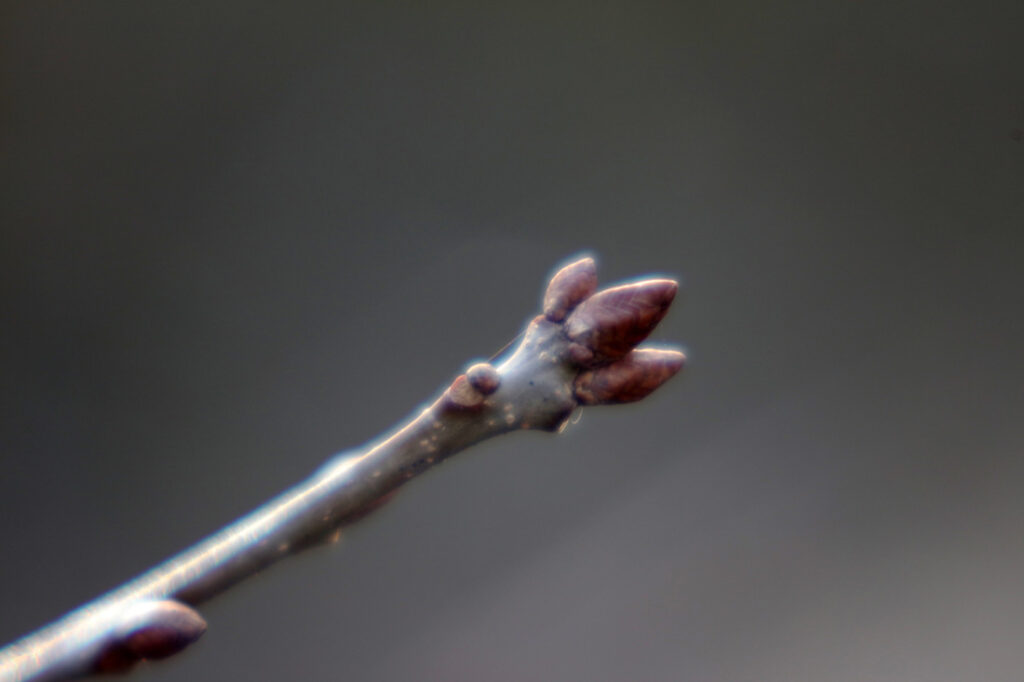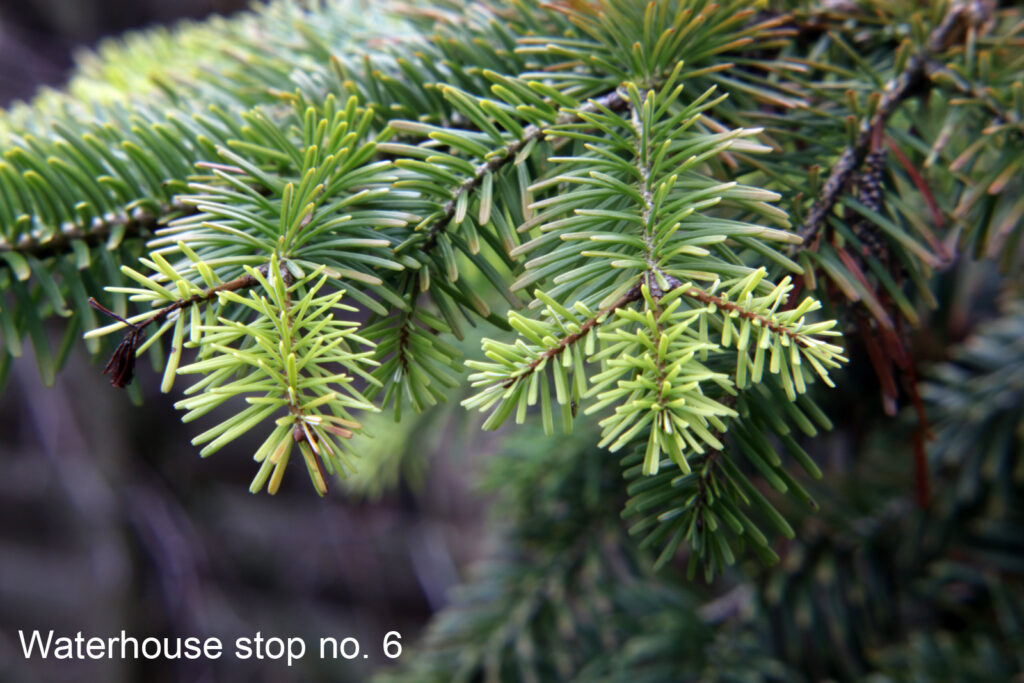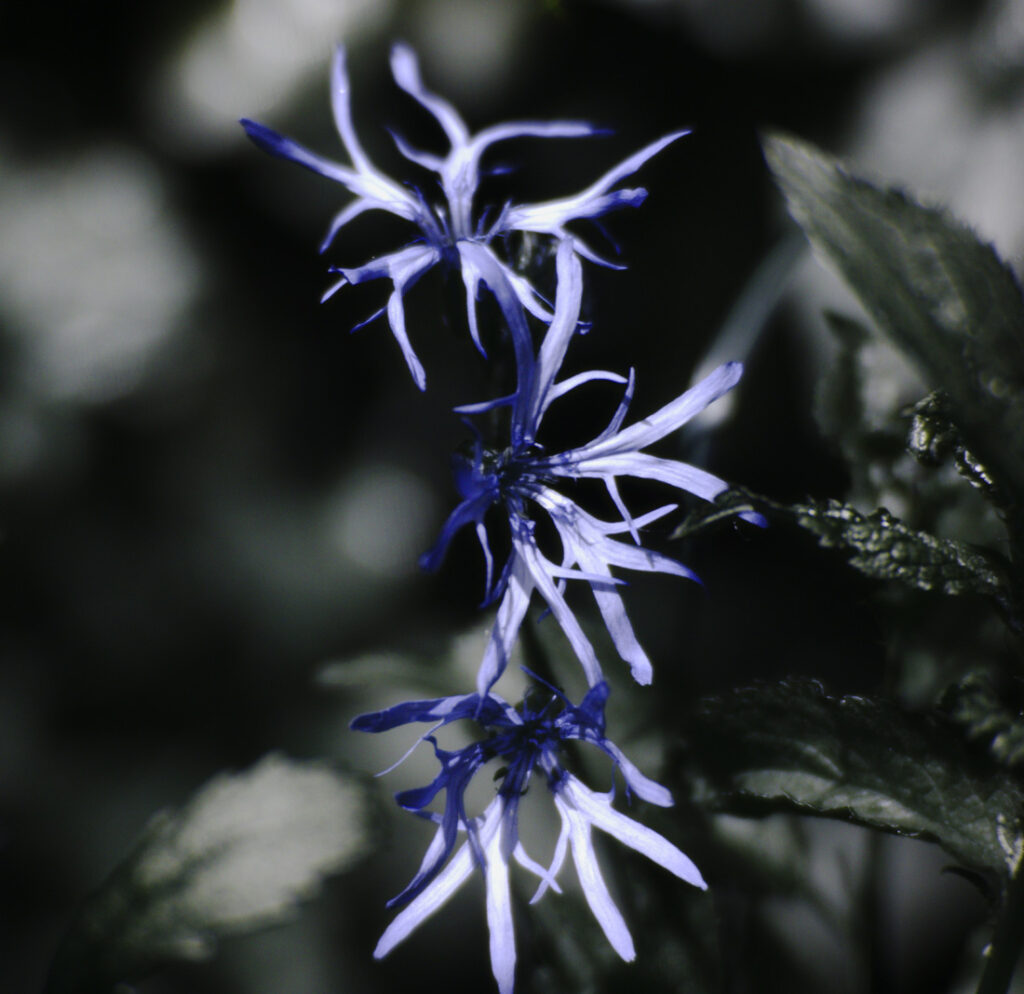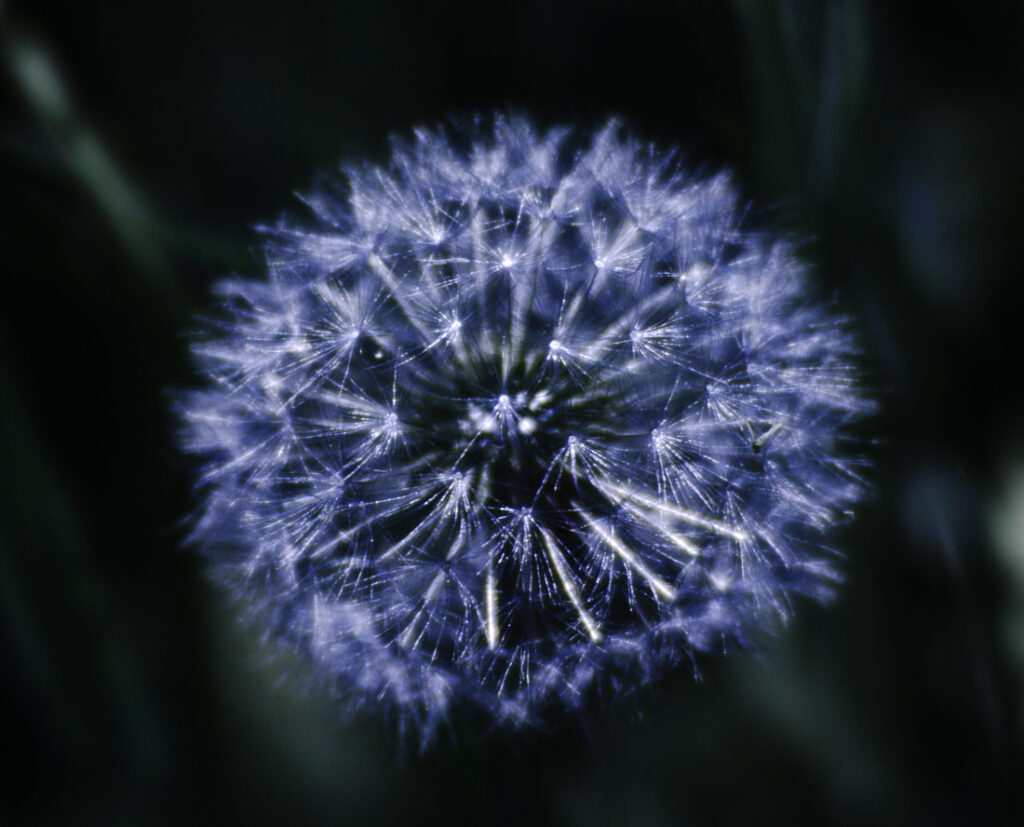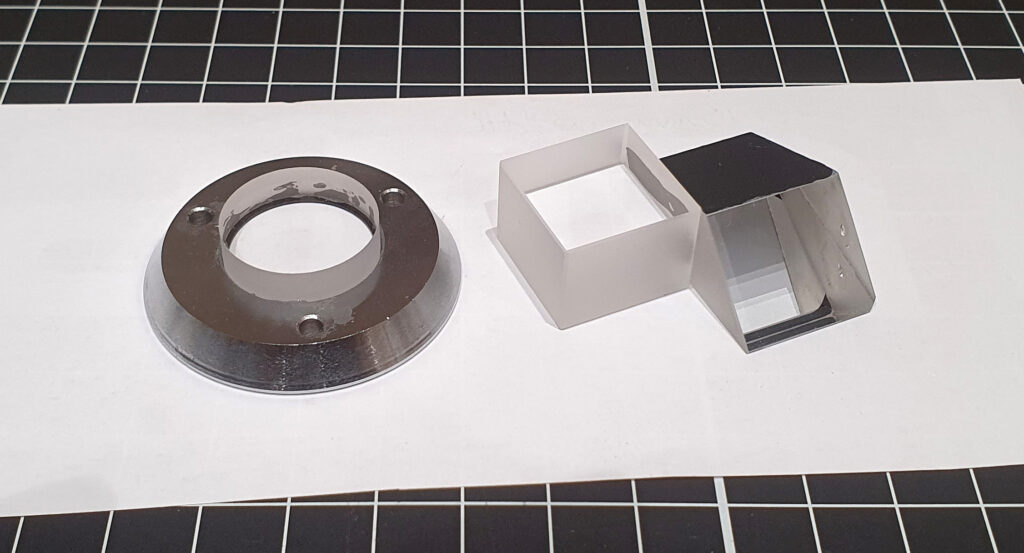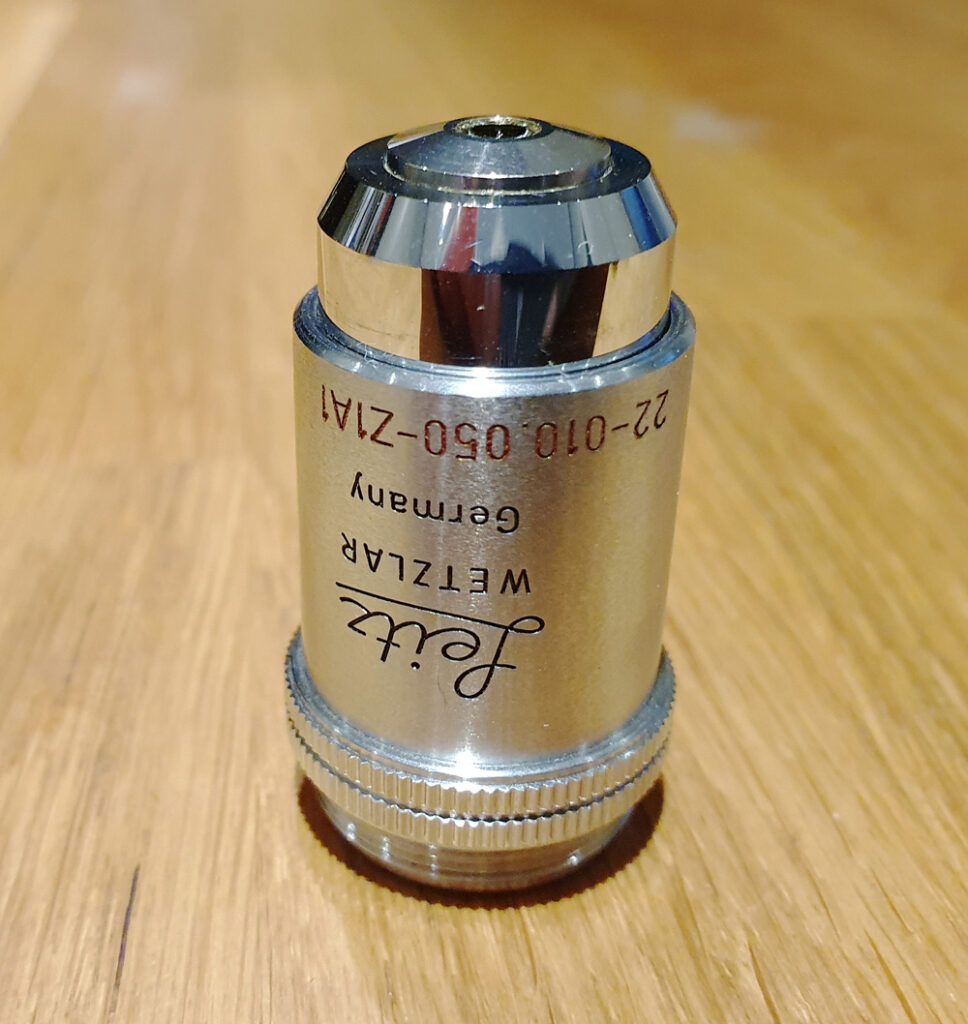Ultraviolet C (UVC) is something that until recently the vast majority of us haven’t had to be concerned about. UVC is short wavelength UV that is even more energetic than UVB which is what is responsible for burning us when we go out in the sun for too long. Although present in the light emitted by the sun, our atmosphere absorbs UVC before it reaches the ground, so acts as a natural filter for it. As a result of this efficient filter process we are not exposed to it from sunlight. However UVC can be generated on Earth from a some high energy processes such as when arc welding. Recently there has been a huge increase in the number of UVC lamps in the market place, because UVC offer a route to sterilising surfaces, an area which has received much more attention since Covid arrived on the scene last year. Now if you go into a drug store or surf the web there are a massive range of ‘UVC lights’ which claim to be able to clean and sterilise surfaces that are exposed to them. With these becoming more widely available, there is however a bigger risk of exposure to the wider population and that is because of the effects that they can have on skin and eyes. UVC is highly energetic and can result in painful burns on the skin along with damage to the eye if exposed.
This got me wondering whether topical cosmetics products which are designed to protect us from the UVA and UVB in sunlight could also offer protection from UVC light?
Recently I developed an imaging setup which can be used to capture high resolution photos at 254nm which is in the middle of the UVC region (see here). To test this out this question about sun protection products, I took a couple of moisturisers, one with no SPF ingredients, and one with was SPF 30 rated, and applied them to test plates used for in-vitro SPF testing. These plates are made of a polymer called Polymethylmethacrylate (PMMA) which is transparent to UVA and UVB, and slightly transparent to UVC. I dosed the products at about 2mg/cm2 which is the dose used for SPF testing.
Once applied, I then photographed the plates under 254nm light, to see how they compared and got the following.

What is the image above telling us? This a 254nm (UVC) reflected light photo, so the brighter areas are reflecting more 254nm light, and the darker areas are reflecting less. The plate with the moisturiser without SPF, in the middle of the image, looks ‘medium grey’ indicating some absorption of the UVC. The test plate itself absorbs some of the 254nm light, however the none SPF moisturiser is absorbing some of light as well – this not surprising as UVC is absorbed by organic material, and the moisturiser is an oil in water emulsion. The SPF30 moisturiser is much darker than the none SPF moisturiser though. This indicates that the SPF30 moisturiser is absorbing much more of the UVC radiation than the SPF free version. Although designed to protect the skin against UVA and UVB, the SPF30 test product is also absorbing UVC.
While I had the PMMA plates with the moisturisers on them, I thought I would run the transmission spectra through them on my Ocean Optics FX spectrometer, just to see what they looked like. First set of scans is between 250nm and 800nm.

So what is going on with these transmission spectra? The blank PMMA plate has a fairly flat transmission spectrum between about 300nm and 800nm. Below 300nm though, transmission drops rapidly and by 250nm it is almost opaque. It should be noted that the surface of the PMMA plates are rough, which is why the max transmission isn’t very high. Actually when the moisturisers are put onto a plate, max transmission in the visible part of the spectrum becomes higher than the blank plate. This is because the moisturiser smooths the surface that the light comes into contact with, and thereby reduces the scattering, and increasing the amount of light that can pass through the plate.
Below 400nm, the moisturisers behave differently, and this can be seen more easily if I just plot the 250nm to 400nm region.

Below 400nm, we can see how the SPF product absorbs much more UV between about 275nm and 400nm when applied to the PMMA plate. Both products absorb some of the light at 250nm, although as can be seen the PMMA plate itself is also absorbing most of the UVC that far down. The transmission spectra shown here don’t fully explain the photograph of the moisturiser coated plates, in which the SPF product looked darker than the none SPF one at 254nm. The photos are looking at reflection of light from the subject, while the transmission spectra are just that – transmission – and this may be accounting for the difference between what the photo and spectra are saying. What’s even more obvious is that the PMMA plate is not really suited for transmission measurements when you get down to 250nm. This it not a huge surprise as it was not designed for that. It does mean though that these are not ideal for use as a transparent substrate at 254nm, but I have some ideas about what to use down there.
The last 12 months have seen rapid changes to our lives, some of which brings additional risks which we need to think about. The availability of UVC lights to the wider population has exploded, and along with that there comes to risk of skin damage from exposure. UVC photography enables this invisible light to be imaged and also to visualise how it interacts with surfaces, and as can be seen here whether topical skin care products can be used to absorb it.
Thanks for reading, and if you’d like to know more about this and any other aspect of my work, you can reach me here.







